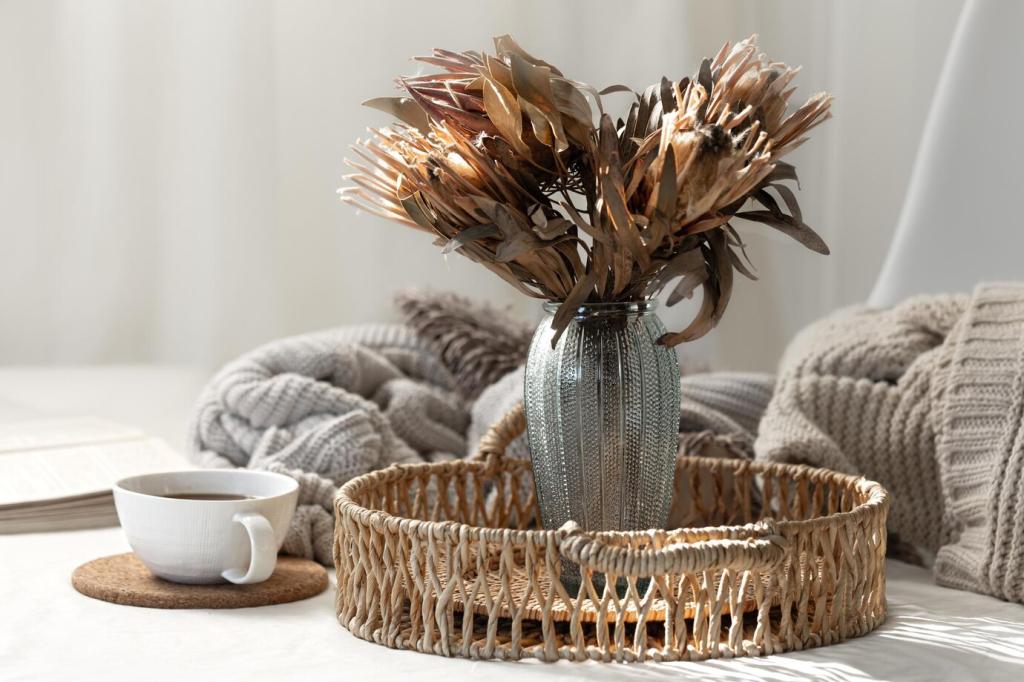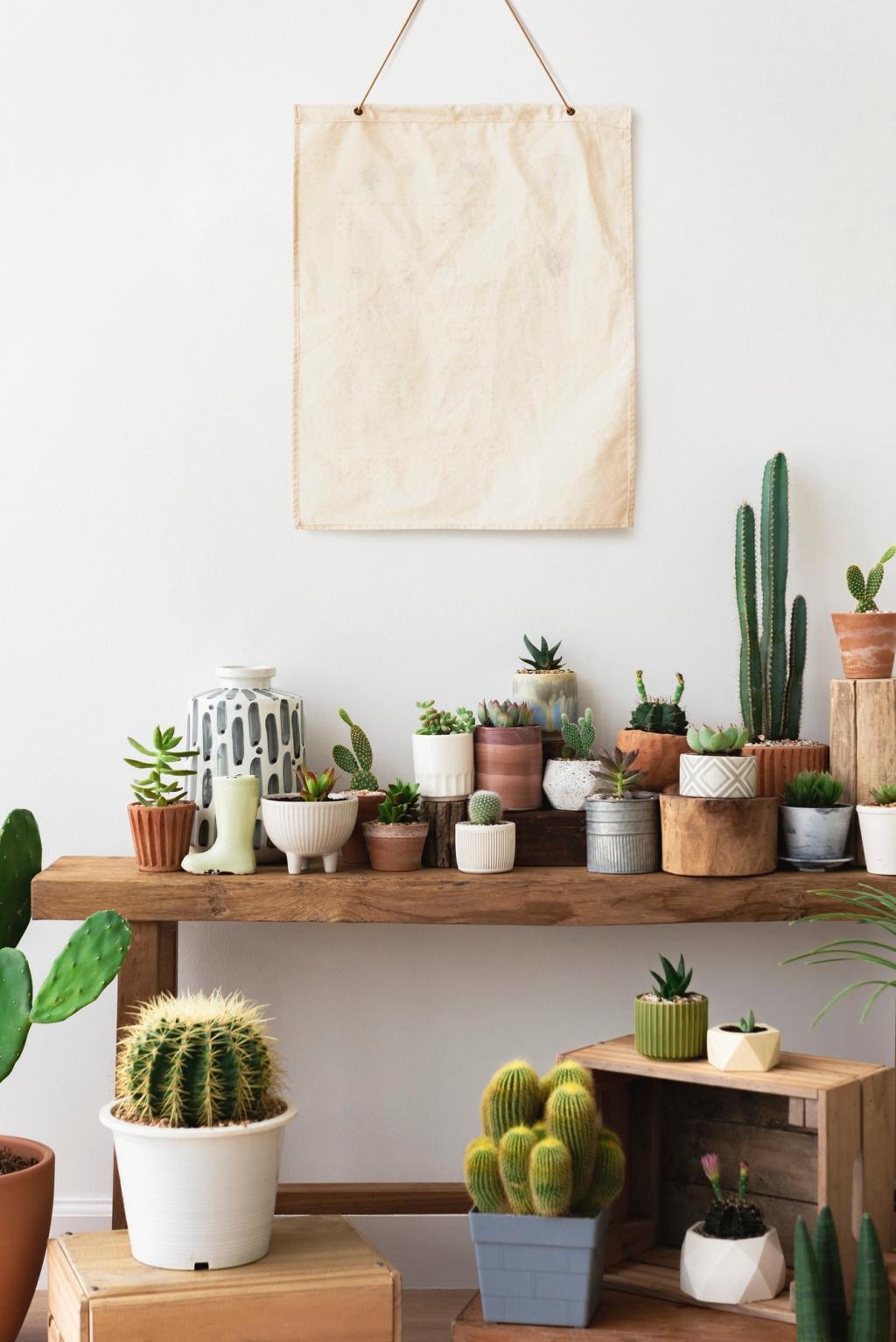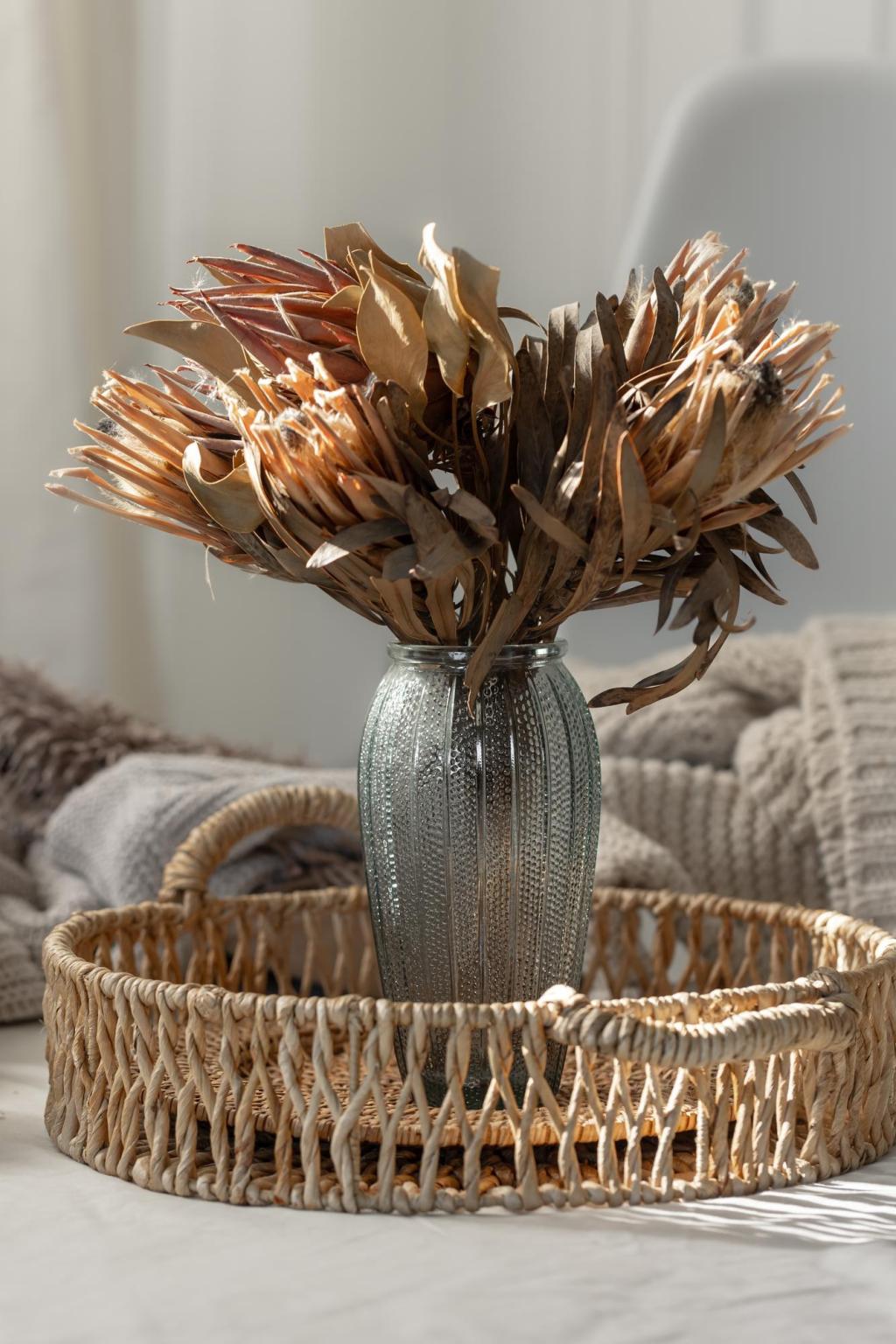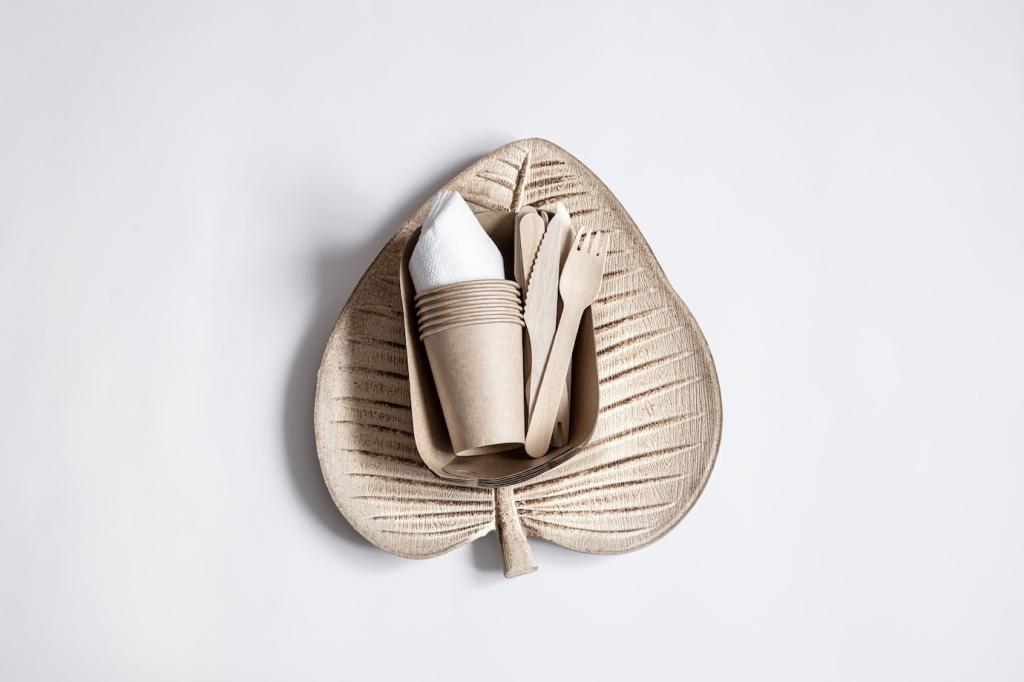Why Biophilic Design Feels So Good at Home
Greenery, natural textures, and views to the sky nudge our nervous systems toward rest. Many readers report lower evening tension after adding plants and wood grain near desks. Try placing one living element in a high-stress corner and share your before-and-after mood check-in with us.
Why Biophilic Design Feels So Good at Home
Morning light supports alertness, while softer evening tones encourage unwinding. Rotate your workstation to face indirect light and notice your focus after lunch. If glare is an issue, add sheer curtains, reflectors, or a light shelf. Comment with your window direction, and we’ll suggest a simple tweak.






